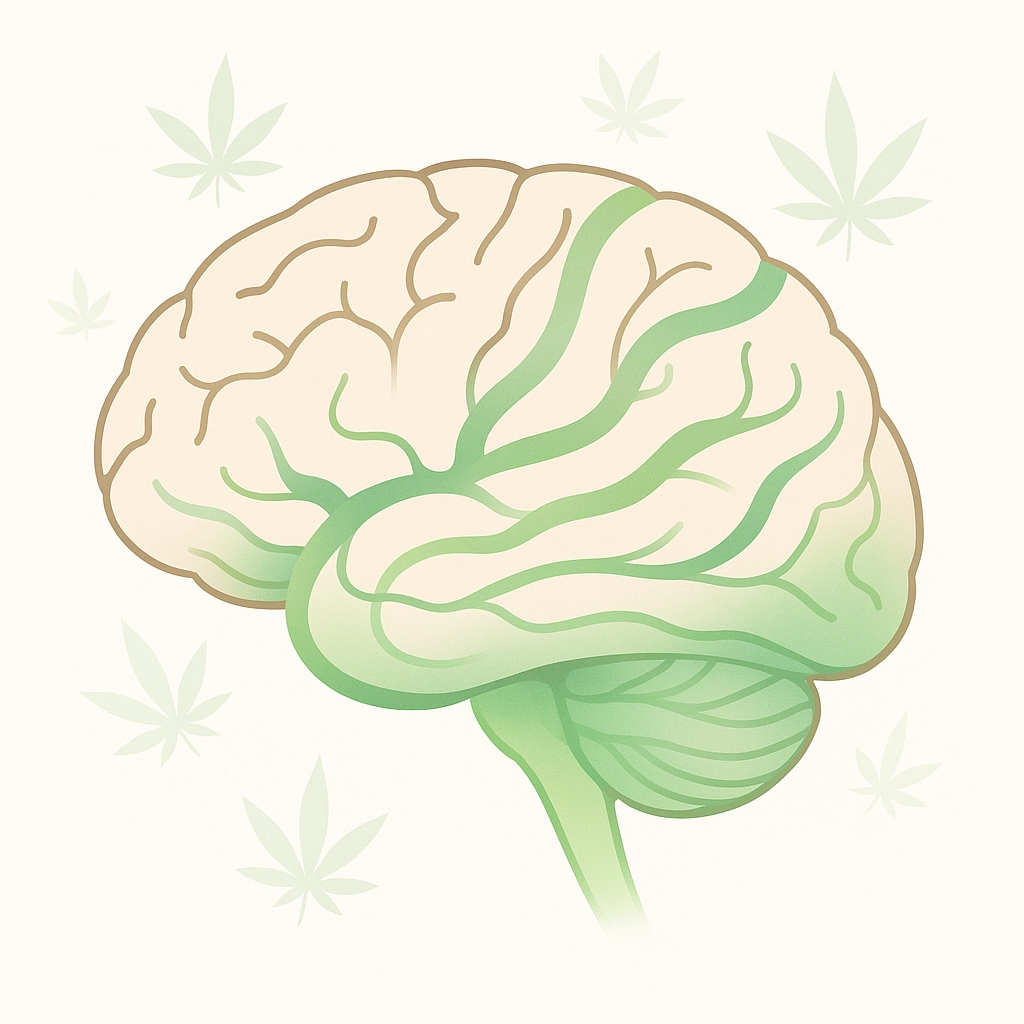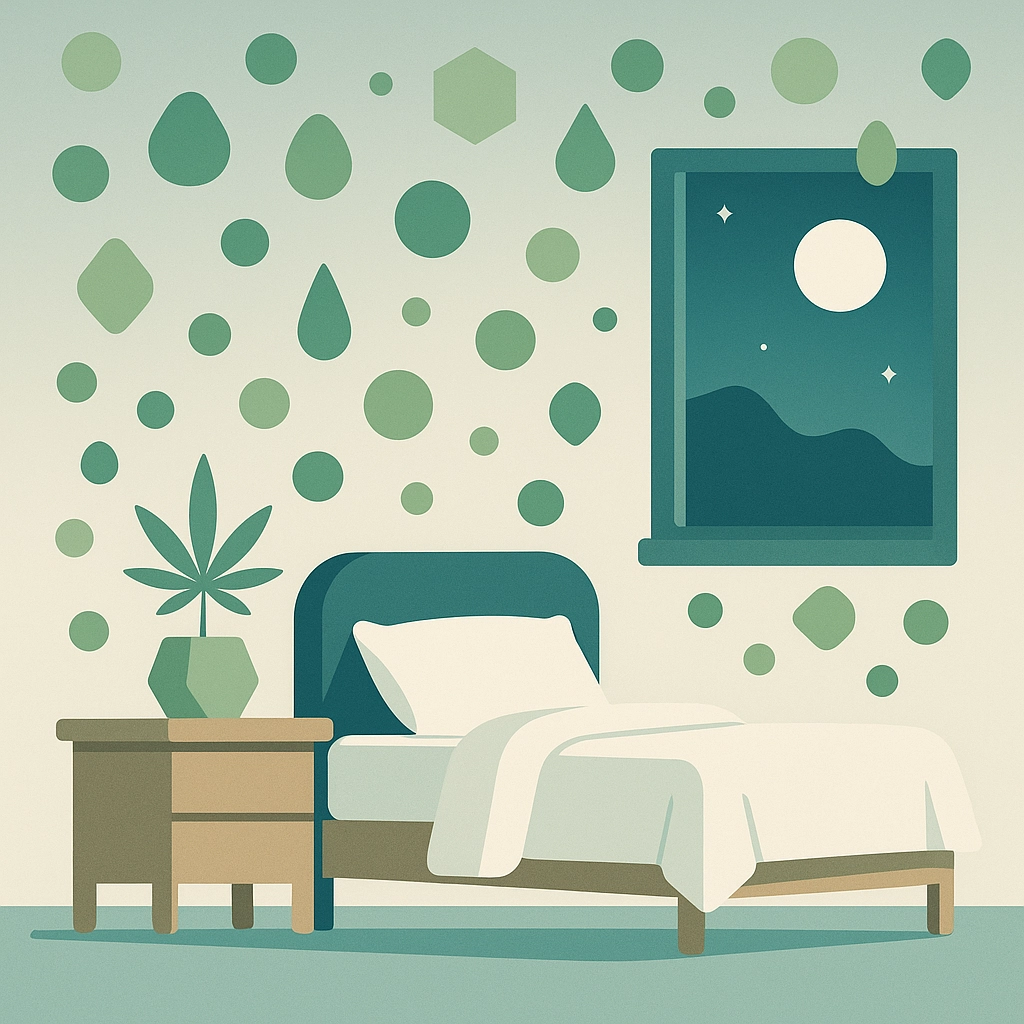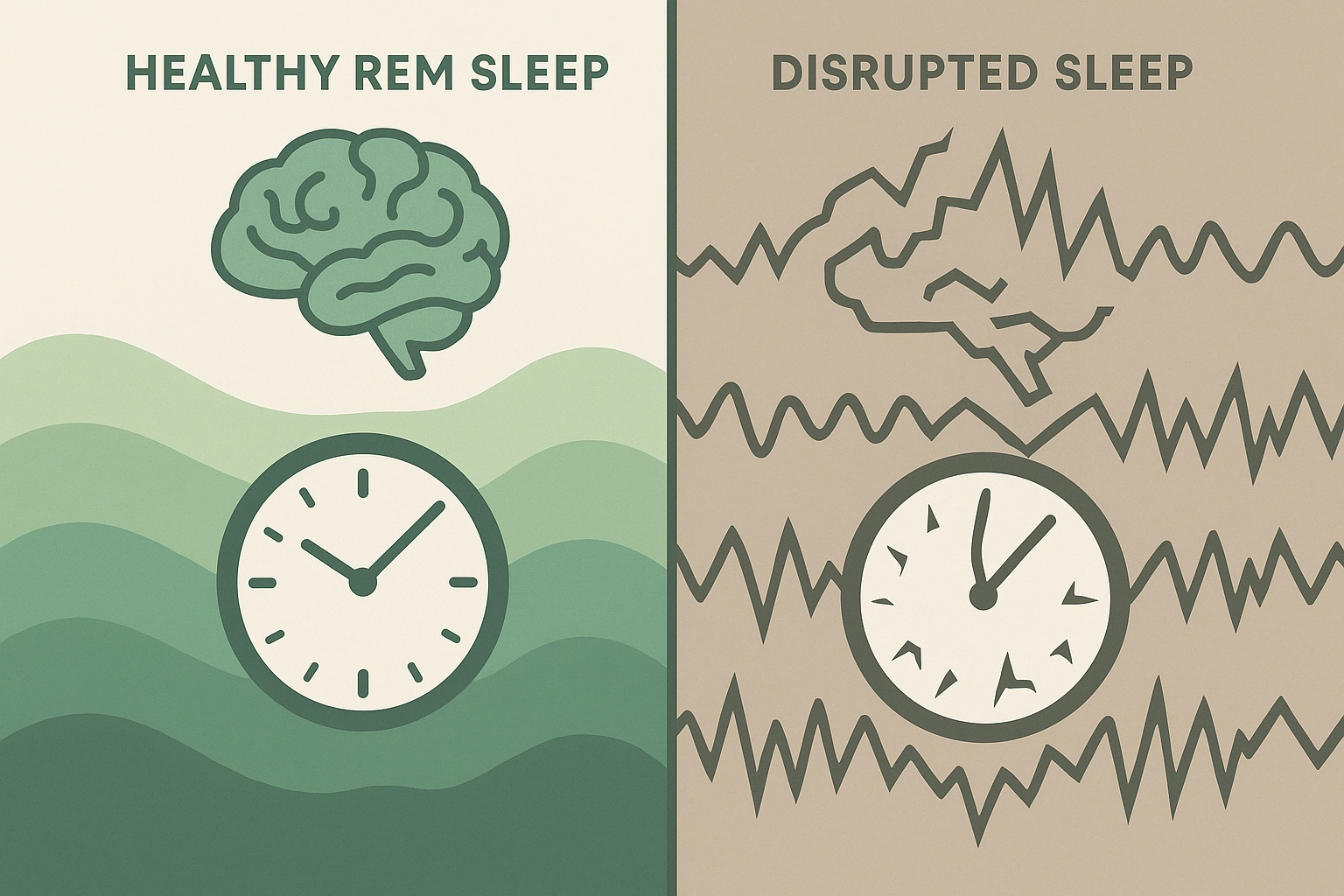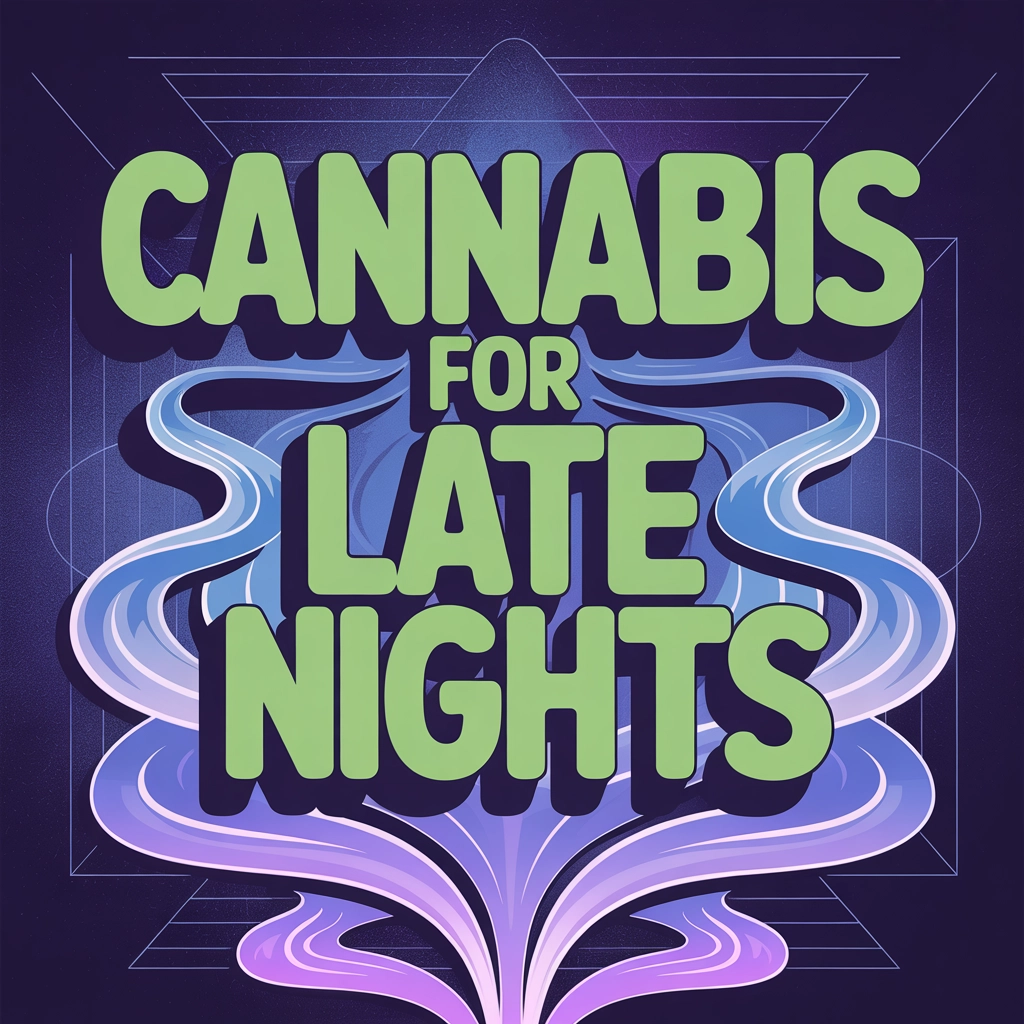Cannabis consumption during late evening hours has emerged as a prevalent practice among both medical patients and recreational users seeking enhanced relaxation, improved sleep quality, and relief from accumulated daily stress. The strategic utilization of cannabis products specifically formulated for nighttime use represents a sophisticated approach to addressing sleep-related challenges while maximizing therapeutic benefits. Research demonstrates that late night cannabis consumption can effectively reduce sleep onset latency while maintaining minimal impact on subsequent day cognitive performance, making it an increasingly viable option for individuals seeking natural sleep assistance.
Understanding Late Night Cannabis Effects
The physiological mechanisms underlying late night cannabis use involve complex interactions between cannabinoids and the body's endocannabinoid system, particularly as it relates to circadian rhythm regulation. Cannabis compounds demonstrate measurable effectiveness in reducing the time required to fall asleep, increasing total sleep duration, and decreasing sleep disruptions throughout the night. The sedative properties of specific cannabis strains become particularly pronounced during evening consumption, when the body's natural melatonin production begins to increase.

Strains containing elevated concentrations of cannabigerol (CBG) and specific terpene profiles exhibit enhanced anti-anxiety effects that complement the body's natural transition toward sleep. These compounds work synergistically to create a more relaxed mental state while promoting physical tranquility. The prominence of terpenes becomes more apparent during evening consumption, contributing to the characteristic "couch-lock" effect that many users find beneficial for nighttime relaxation and stress reduction.
Therapeutic Benefits for Sleep Enhancement
Clinical research indicates that single-dose cannabis administration can significantly improve sleep metrics across multiple parameters. Users frequently report enhanced feelings of relaxation that facilitate the transition from daily stressors to restorative sleep periods. The anxiolytic properties of certain cannabis compounds prove particularly valuable for individuals whose sleep difficulties stem from anxiety, racing thoughts, or inability to mentally disengage from daily concerns.
The therapeutic window for late night cannabis use extends beyond mere sleep induction to encompass broader wellness applications. Many users incorporate evening cannabis consumption into comprehensive nighttime routines that may include meditation, gentle stretching, or other relaxation practices. This holistic approach leverages cannabis as one component within a structured approach to evening wind-down and sleep preparation.
Potential Risks and Considerations
Long-term regular cannabis use for sleep purposes presents several important physiological considerations that users must acknowledge and monitor. The development of tolerance represents a primary concern, as repeated exposure often necessitates progressively larger doses to achieve equivalent therapeutic effects. This escalation can lead to physical dependence, wherein the body's natural sleep mechanisms become compromised without cannabis intervention.

Cannabis consumption significantly alters REM sleep patterns, reducing the duration and quality of this critical sleep phase. REM sleep plays essential roles in memory consolidation, emotional processing, and cognitive function maintenance. Chronic suppression of REM sleep through regular cannabis use may therefore impact these fundamental neurological processes over extended periods.
Comprehensive studies involving thousands of participants have documented higher rates of sleep disturbances among regular cannabis users compared to non-users. Individuals who consume cannabis frequently demonstrate increased likelihood of experiencing difficulty falling asleep, maintaining sleep throughout the night, and achieving optimal sleep duration. Daily cannabis users exhibit particularly elevated risks for sleep disorders, with insomnia rates substantially higher than those observed in non-consuming populations.
Strain Selection for Evening Use
Effective late night cannabis consumption requires careful strain selection based on cannabinoid profiles, terpene compositions, and individual tolerance levels. Evening-appropriate strains typically feature indica-dominant genetics that promote relaxation and sedation rather than the energizing effects associated with sativa varieties.
Premium evening strains such as Cookies and Cream deliver euphoric yet soothing effects that complement social evening activities while gradually transitioning users toward relaxation. White Fire OG produces comfortable, social effects suitable for intimate gatherings or quiet evening entertainment. Grease Monkey provides more pronounced sedative effects, making it appropriate for individuals seeking deep relaxation without social engagement requirements.

Late night consumption specifically benefits from strains like Purple Urkle and Granddaddy Purple, both renowned for their potent sedative properties and effectiveness in promoting sleep onset. These strains contain terpene profiles dominated by myrcene and linalool, compounds associated with muscle relaxation and anxiety reduction.
Next-Day Performance Implications
Contemporary research challenges common assumptions regarding cannabis-related impairment following late night consumption. Controlled studies examining adults with insomnia who consumed standardized THC and CBD combinations before sleep demonstrated minimal differences in next-day cognitive performance across comprehensive testing batteries. These findings encompass critical functions including attention, memory, problem-solving, and simulated driving performance.
The absence of significant next-day impairment following therapeutic nighttime cannabis use represents an important consideration for working professionals and individuals with demanding daily schedules. This research suggests that properly dosed cannabis consumption for sleep purposes does not necessarily compromise subsequent day functionality when used responsibly and consistently.
Implementation Best Practices
Successful integration of cannabis into evening routines requires systematic approaches that prioritize safety, effectiveness, and sustainability. Users should begin with minimal effective doses and gradually adjust based on individual responses and tolerance development. Strain rotation can help prevent rapid tolerance buildup while maintaining therapeutic effectiveness over extended periods.

Timing considerations prove crucial for optimizing late night cannabis effects. Consumption should occur sufficiently early in the evening to allow for full onset and peak effects before intended sleep time, typically allowing 30-60 minutes for inhalation methods and 1-2 hours for edible products. This temporal buffer ensures that users can assess their response and avoid consuming additional doses that might lead to excessive sedation or morning grogginess.
Environmental factors significantly influence the effectiveness of late night cannabis use. Creating consistent pre-sleep routines that incorporate cannabis consumption alongside other relaxation practices enhances overall therapeutic outcomes. These might include dimming lights, reducing screen exposure, engaging in gentle stretching, or practicing breathing exercises.
Medical Considerations and Monitoring
Individuals considering regular late night cannabis use should evaluate their overall health status and potential interactions with existing medications or medical conditions. Sleep disorders often involve complex underlying causes that may require comprehensive medical evaluation and treatment approaches extending beyond cannabis intervention alone.
Regular monitoring of sleep quality, next-day functioning, and overall wellness indicators helps users maintain optimal therapeutic outcomes while identifying potential adverse effects early. Users should remain attentive to signs of tolerance development, including the need for increasing doses to achieve equivalent effects or difficulty sleeping without cannabis assistance.
The integration of cannabis into sleep hygiene practices should complement rather than replace other evidence-based approaches to sleep improvement. Maintaining consistent sleep schedules, creating optimal sleep environments, and addressing underlying stress factors remain fundamental components of comprehensive sleep health management.
Consider consulting with healthcare professionals familiar with cannabis therapeutics to develop personalized approaches that align with individual health goals and medical histories.

